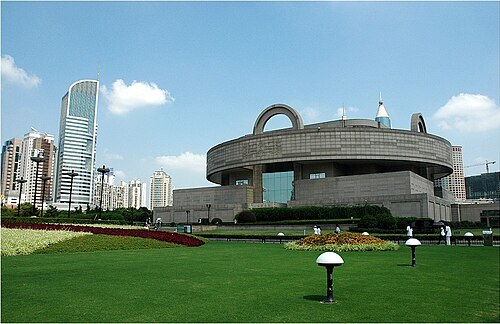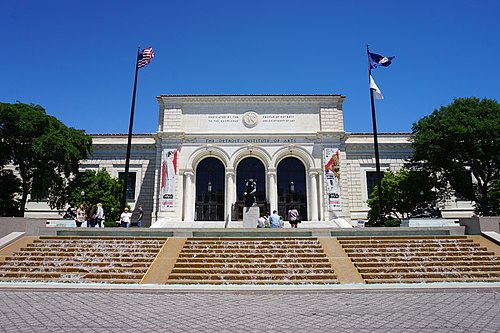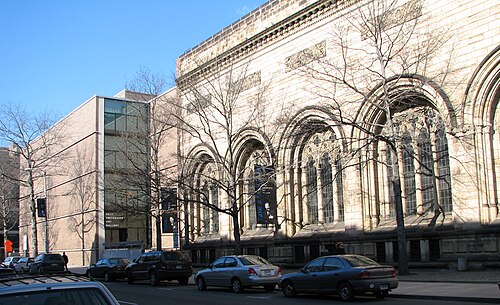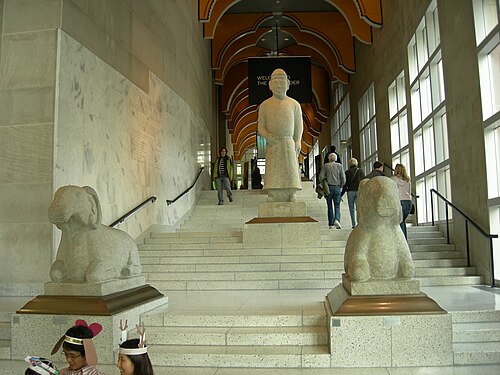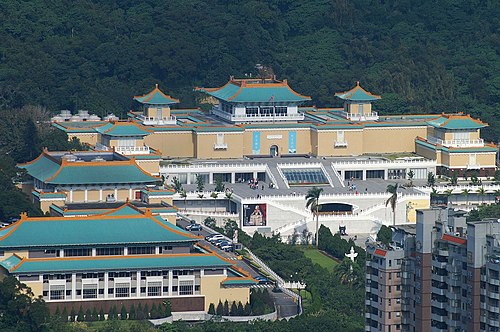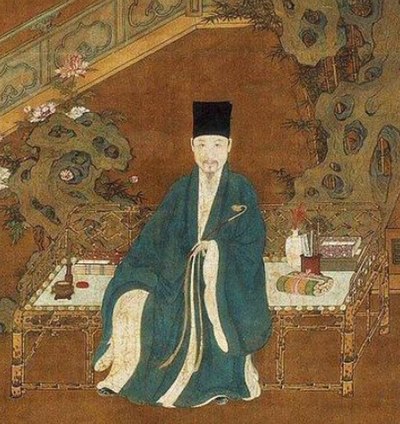
Mi Fu
1051
- 1107
Mi Fu (Chinese: 米芾; 1051–1107) was a Chinese painter, poet, calligrapher, and art theorist in the Early Song Dynasty. Born in Taiyuan, he was known for his misty landscape paintings, which consisted of broad, wet ink dots applied with a flat brush. This technique, later known as the "Mi Fu Style", significantly influenced Chinese painting. His poetry and calligraphy were inspired by Li Bai and Wang Xizhi, respectively.
Mi Fu is considered one of the four most influential calligraphers of the Song dynasty, along with Su Shi, Huang Tingjian, and Cai Xiang. His major works include Zhang Jiming Tie (張季明帖), Li Taishi Tie (李太師帖), Zijin Yan Tie (紫金研帖), and Danmo Qiushan Shitie (淡墨秋山詩帖). Among these, Shu Su Tie (蜀素帖), also known as Nigu Shitie (擬古詩帖), is an important work in running script calligraphy. Mi Fu described his calligraphy as "a collection of ancient characters", indicating his style was rooted in tradition, yet he developed distinctive features. His artistic style was also adopted by his son, Mi Youren, who became known for interpreting his father's techniques, particularly the use of large, wet ink dots, known as "Mi Dots".
Beyond his artistic achievements, Mi Fu was reportedly known for his eccentricity and meticulous attitude.
Source :
Wikipedia
Filter






